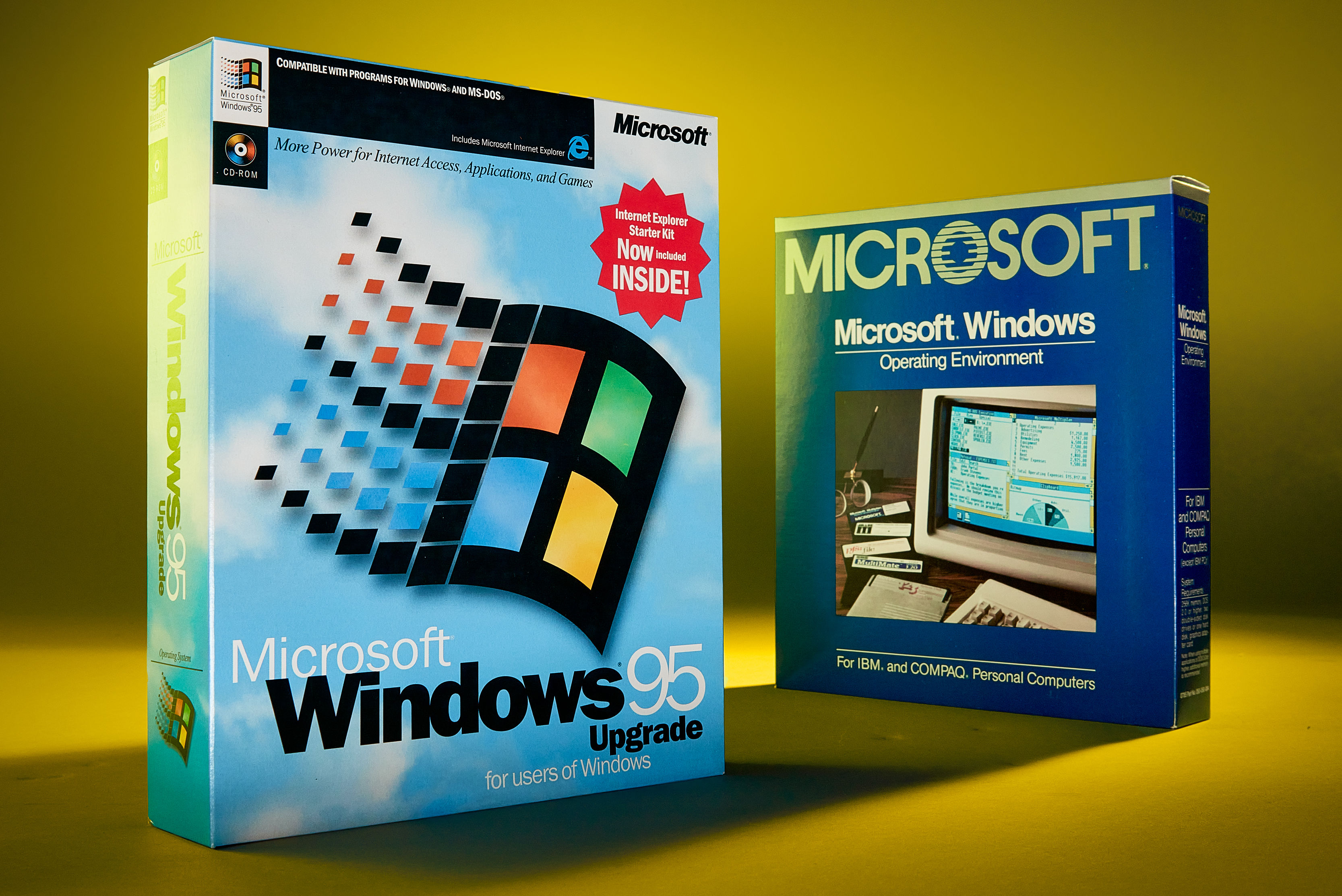Defying the Recession. Amazon.com
January brought bad news for Seattle’s business icons. Boeing, Starbucks, and even Microsoft all announced major layoffs. Although, I argued the Microsoft layoffs were good news in part.
While my Microsoft spin may take a little imagination, there’s one Seattle company where the good news is tangible: Online retailer Amazon continues to defy. Amazon’s financial report is solid. The company took in $6.7 billion in the fourth quarter of 2008, up 18 percent, and made a profit of $225 million, up 9 percent over the same period. The holiday quarter is Amazon’s biggest, as with other retailers.
With over 22,000 employees worldwide, Amazon is among the largest local employers. Boeing, Microsoft, and Starbucks have all let their shoes drop; the news from Amazon, so far, is no announced change in staff. (Larger businesses are required to make layoffs announcements and provide notice to employees 60 days in advance.)
Brief disclosure: I own no Amazon.com stock, but I did work there (and left before receiving stock) for six months in 1996 and 1997, an exciting time.)
I was never sure whether to believe Jeff Bezos back in 1996 when he said the company would top 4,000 employees and a billion in sales by about 2000 (which it more or less did).
After leaving the firm, I thought it saddled itself with too much debt and too many warehouses. So did Amazon: It closed a number of warehouses and restructured itself in the dotcom collapse, then redeemed debt aggressively as interest rates dropped and its stock value rose as a strong dotcom survivor.
Amazon blew by analysts’ estimates of their latest quarter’s earnings in part because the company’s long-running strategies of: Discounting; offering third-party products; and diversifying into non-retail business all seem to have paid off. As bricks-and-mortar retailers file for bankruptcy, their business has to go somewhere, and apparently Amazon’s free shipping programs—which assuage the wait—is where shoppers are gravitating.
People are looking for a bargain, but a bargain isn’t necessary the cheapest price. Amazon has pulled a neat hat trick, something Bezos used to talk about back in the day, which is not to offer the best price on everything (although the company often does), but rather appear to be so cost-competitive with other retailers that customers simply have no incentive to check.
Thus, Amazon can often charge a price that’s higher than its competitors, but through the way in which it packages the sale—including free shipping and the ease of buying stuff there—customers perceive the overall value as greater than the same item or items bought elsewhere. Obviously, it’s about how Amazon has constructed its deals to keep customers bound closely to it.
Which brings me to my second Amazon disclosure: Recently my wife and I discovered we had our own “guy” at Amazon. We’d order something, and sometimes within hours, an unmarked car would pull up at our Seattle house, and a guy without any insignia would run up the steps, and drop off our Amazon order. (Any other Seattleites getting this personal service? Our guy seems to have disappeared of late, replaced by a UPS driver.)
You see, we signed up for the company’s free 2-day shipping program, Amazon Prime, which costs $79 per year, practically the minute it was offered. With Prime, just about anything Amazon stocks ships at no cost via UPS 2-day blue label; $3.99 bumps it to overnight red label. Now, we buy ridiculous things from them, like diapers. We’re not lazy, but Amazon’s price, plus the avoidance in burning our own gas (especially when it topped $4 a gallon) to get diapers from a big-box discount retailer, saves us money.
Amazon pays a high price for Amazon Prime (and for its free shipping option that delivers more slowly than conventional ground). It spent $1.5 billion on shipping in all of 2008, receiving $835 million from customers to offset that, which includes both Prime subscriptions and per-shipment fees. Amazon’s profit margins are extremely thin, like most retailers. It makes a few pennies on every dollar, and requires massive volume to produce a decent return.
It’s working around that by increasingly selling stuff that it doesn’t touch, and delivering bits of all kinds. Media sales—books, CDs, and video—are now under 60 percent of their revenue. The company likely ekes a tiny profit in that area, which has become almost a loss-leader for areas in which it earns a greater return. (It’s also geographically diversified: sales outside North America were about 40 percent of all sales.)
Amazon’s third-party sales have become a large part, of the nearly $3 billion in non-media sales, although the company doesn’t break out third-party sales from their own direct sales. With third-party sales, Amazon isn’t responsible for paying for inventory or the cost of storing items. Instead, Amazon facilitates a sale, and its cost is just a small part of the overhead that’s already in place for running their first-party sales.
Amazon powers third-party sales in an increasingly large number of ways. It powers some storefronts for other companies, although both Borders and Toys-R-Us pulled out such deals in the last couple of years. More significantly, it offer products on the Amazon site provided by other companies, and provide their Marketplace, a forum for merchants to offer competing prices for the same goods Amazon might offer new.
Amazon also has programs that allow book publishers to stock their titles in Amazon warehouses to improve shipping time. Even if Amazon holds a product for a third-party merchant and ships it, the merchant pays Amazon a value-added cost for that; Amazon clearly makes more money helping other companies sell stuff than it does selling new items directly to its customers.
Beyond physical sales, Amazon has moved in a big way into data services. It started with a simple Web services approach half a decade ago, in which a Web site developer could retrieve price and stock information from the company through a back channel, and then display that information on another Web site. That’s since evolved into a worldwide network of data storage for hire (Amazon S3), virtual computing in which you hire computing power (EC2), content delivery (CloudFront), and a variety of more esoteric offerings.
These computing and storage efforts allow small companies to pay as they go for storage, instead of building their expensive operations in data centers. A photo-sharing service, SmugMug, has estimated millions of dollars in savings by putting over half a petabyte on Amazon’s storage systems: that’s 500 terabytes—500 trillion bytes of data—that the photo-sharing and storage service didn’t have to buy, maintain, and store servers to handle.
Those data businesses from Amazon are likely to collectively bring in $1 billion per year revenue in the near future, according to some estimates.
All this diversification surely helps, though in the middle of a worldwide economic slump in which consumer spending has enormously receded, one expects that Amazon would see drops across all its businesses.
But it’s still the place to get the deal. The company has managed to become the Wal-Mart of online sales without acquiring all the disgust and hatred that some socioeconomic sectors heap upon the Arkansas behemoth.
Amazon doesn’t like unions, squeezes suppliers, and engages in hard-ball competition, but it also caters to the range of middle class to upper class patrons who otherwise rail against the latest atom-based superstore being built 50 miles away to sell Chinese goods, cheap.
Amazon beat all the naysayers. Now it’s a shaft of light here in Seattle and worldwide that shines brightly because of how black it is elsewhere.




